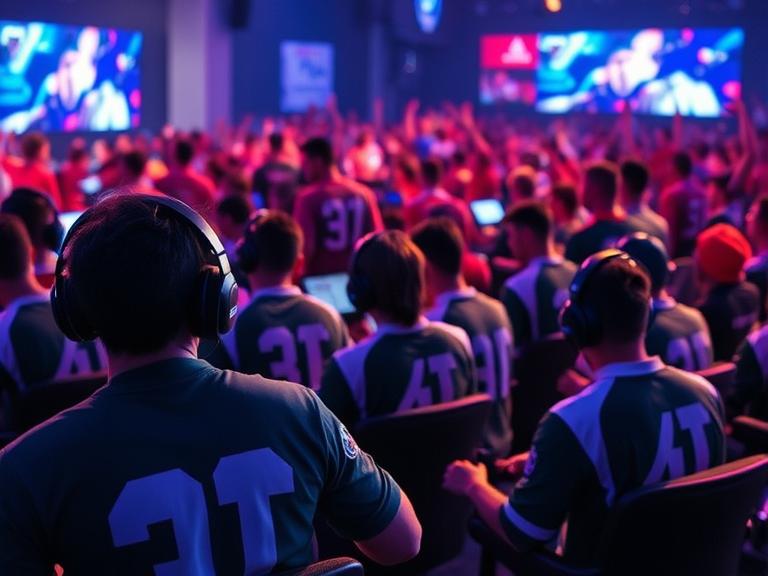Fans do more than fill arenas and flood Twitch chats — they actively influence how esports teams perform, grow, and operate. The relationship between a team and its fanbase has become a vital component of competitive success, brand longevity, and player morale.
At major tournaments like League Worlds or The International, crowd energy can swing momentum. Teams that play in front of home crowds often perform better, feeding off the chants, cheers, and emotional support. The same applies to online viewership — knowing that thousands are watching (and supporting) can boost confidence or raise pressure.
Social media engagement is another massive factor. Fanbases generate memes, hype, and viral clips that keep a team relevant even during off-seasons. The most successful organizations — like T1, G2, or Team Liquid — cultivate these communities through content, merch, and interaction, turning casual viewers into superfans.
From a business standpoint, fanbases attract sponsorships. Brands want visibility — and a loyal fanbase ensures a steady stream of impressions, clicks, and engagement. Some organizations even monetize fan loyalty through digital passes, in-game skins, or exclusive behind-the-scenes access.
There’s a psychological side too. Positive fan interaction boosts player morale. Negative fan reactions, especially after a loss, can weigh heavily. Managing this emotional feedback loop is now part of a team’s performance strategy.
Fans aren’t just observers — they’re emotional, financial, and cultural drivers of esports. The stronger the community, the more resilient and successful the team.
